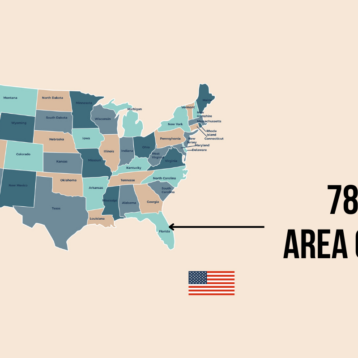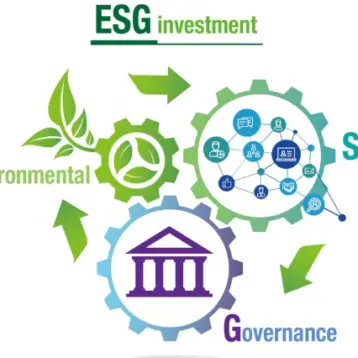Building an emergency fund is one of the most critical steps toward achieving financial stability. Unexpected expenses can pop up at any time, from medical bills to car repairs, and having a safety net can provide peace of mind and prevent debt accumulation. For many, however, saving for an emergency fund can feel overwhelming. Fortunately, there are practical and effective strategies to kickstart your savings faster than you think. Let’s explore some financial hacks that can help you build your emergency fund quickly and efficiently.

Automate Your Savings
One of the simplest ways to begin saving for an emergency fund is by setting up automatic transfers from your checking account to a dedicated savings account. This approach takes the guesswork out of saving and ensures that a portion of your income is set aside consistently. By treating your savings like a non-negotiable expense, much like rent or a utility bill, you are more likely to meet your financial goals. Start with a small, manageable amount if you’re worried about cash flow. Even $25 a week adds up over time. As your comfort with saving grows, consider increasing the transfer amount to accelerate your savings rate.
Cut Back on Discretionary Spending
Cutting back on discretionary spending is another effective strategy. Review your monthly expenses and identify areas where you can reduce spending. This could mean cutting back on dining out, canceling unused subscriptions, or opting for a more affordable phone plan. Small adjustments can lead to significant savings over time, which can be redirected into your emergency fund. Think of it as giving yourself a raise by lowering your expenses. It’s also a good practice to periodically review your budget to ensure your money is allocated wisely and find new opportunities to save.
Take Advantage of Bonuses
One often overlooked method to quickly build an emergency fund is to capitalize on financial incentives offered by banks. For example, some banks offer a checking account bonus to new customers who meet certain requirements, such as setting up direct deposit or maintaining a minimum balance. This bonus can quickly and easily add a few hundred dollars to your savings without much effort. While it should not be the sole strategy for building your emergency fund, it can be a helpful supplement, particularly if you’re considering opening a new account or switching banks.
Leverage Windfalls to Boost Savings
Another clever tactic to boost your emergency fund is to utilize windfalls such as tax refunds, bonuses, or gifts. Instead of spending these unexpected gains, consider depositing them directly into your savings account. This method can significantly accelerate your savings progress. Remember, saving money is often more manageable when it’s not part of your regular income because you’re less likely to miss it. Even a small windfall can significantly boost your emergency fund, helping you reach your target faster.
Monetize Your Skills and Hobbies
Consider monetizing hobbies or skills for those looking for more creative ways to save. From freelance writing and graphic design to tutoring or selling crafts online, turning your passions into profit can provide a secondary income stream dedicated entirely to savings. Not only does this approach help build your emergency fund, but it also offers the added benefit of diversifying your income. Multiple income streams can provide additional financial security in times of economic uncertainty.
Implement a Spending Freeze
Consider implementing a temporary spending freeze if you’re serious about jumpstarting your emergency fund. Commit to not spending money on non-essential items for a set period, such as a week or a month. Use this time to cook meals at home, enjoy free entertainment, and focus on appreciating what you have. The money you save from not spending can then be transferred directly into your emergency fund. A spending freeze not only boosts your savings but also helps reset your spending habits and reminds you of the value of money.
Increase Your Income Through Side Jobs
Increasing your income is another powerful way to speed up your savings goals. Asking for a raise, taking on extra hours, or seeking out a side job can provide additional funds that can be earmarked specifically for your emergency fund. While this might require more time and effort in the short term, the long-term benefits of financial security are well worth it. Be sure to weigh the opportunity costs and ensure that any additional work fits into your overall lifestyle and career goals.
Set Realistic Savings Milestones
To make saving more manageable, consider breaking down your emergency fund goal into smaller, more achievable milestones. Instead of focusing on the entire amount, which can feel daunting, aim to save the equivalent of one month’s expenses first. Then, gradually work toward three to six months’ worth of expenses. Celebrating these small wins can provide motivation and encourage you to keep going. Remember, building an emergency fund is a marathon, not a sprint. Small, consistent efforts often yield the best results.
Conclusion
Having an emergency fund is critical to financial health. It protects against unexpected costs and prevents financial setbacks from becoming long-term financial crises. By employing various strategies, from automating savings to taking advantage of checking account bonuses, you can accelerate the process and achieve your financial goals faster. Remember, the sooner you start saving, the more prepared you’ll be for whatever life throws your way. Start today, and take control of your financial future.










